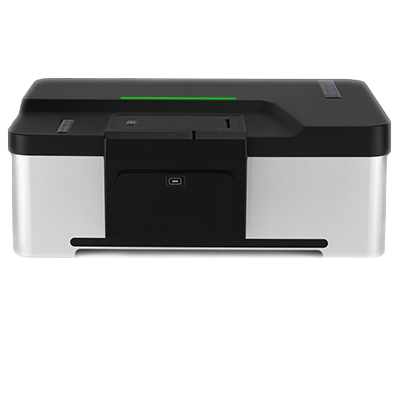BeNano 90 Zeta

The BeNano Series is the latest generation of nanoparticle size and zeta potential analyzers designed by Bettersize Instruments. Dynamic light scattering (DLS), electrophoretic light scattering (ELS), and static light scattering (SLS) are integrated into the system to provide accurate measurements on particle size, zeta potential, and molecular weight. The BeNano Series is widely applied in academic and manufacturing processes of various fields including but not limited to: chemical engineering, pharmaceuticals, food and beverage, inks and pigments, and life science, etc.
Features and Benefits
1)Dynamic Light Scattering
|
For small particles
|
 |
|
|
|
|
For large particles
|
 |
|
|
|
|
Resolution
|
 |
|
|
|
|
Repeatability
|
|
2)Electrophoretic Light Scattering
|
Stability of Particles
|
 |
|
|
|
|
The pH of the dispersant is one of the important factors affecting the zeta potential of the particles. Usually, at a lower pH, the particles tend to be more positively charged, and at a higher pH, they tend to be more negatively charged. It should be noted that even particles with the same chemical composition may have different zeta potentials under the same dispersant environment if the sample source is different.
|
 |
|
|
|
|
The ionic strength of the dispersant is also one of the important factors affecting the zeta potential of the particles. In general, a higher ionic strength will result in a stronger shielding effect, meaning the absolute value of the particle’s zeta potential is closer to zero, and a smaller electrophoretic mobility of the particle in the electric field. It should be noted that some ions can be specifically adsorbed on the surface of the particles, which will additionally increase the amount of charge distributed on the surface of the particles. |
 |
3)Particle Interactions
Light scattering technology can provide information on the intermolecular forces and stability of a given suspension system. Specifically, the second virial coefficient A2 (B22) and interaction parameter kD can be determined by a concentration-dependent SLS measurement and DLS measurement, respectively. Besides, the zeta potential of the particles can be obtained by an ELS measurement.
Using quantifiable parameters such as A2, zeta potential, and kD, users can access accurate and comparable information regarding the intermolecular forces of the particles.